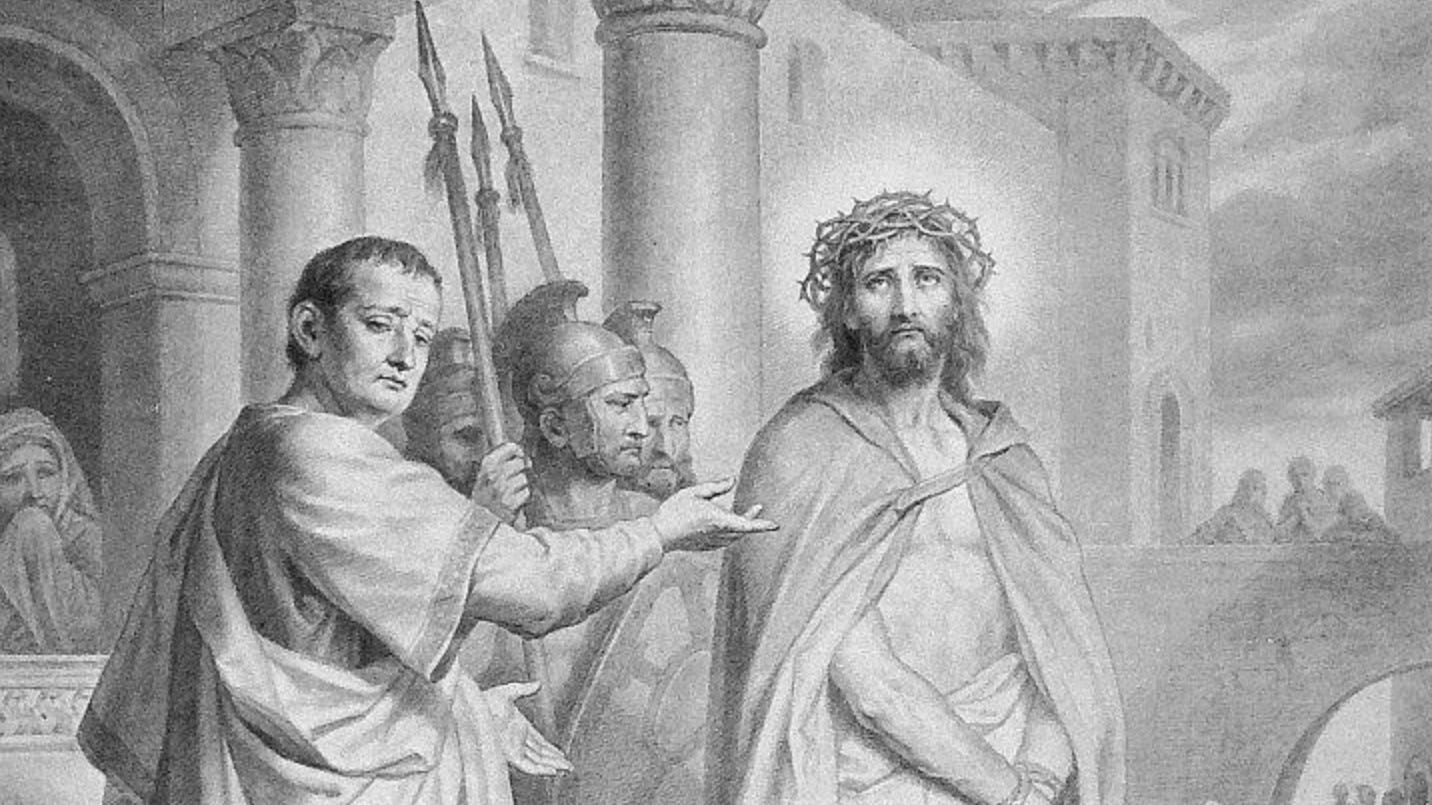Passion Sunday: The Composure of Christ
The Roman liturgy presents a Christ who suffers with majesty, silence, and strength.

From Passion Sunday to Palm Sunday, the Roman rite leads us into the suffering Heart of Christ.
Passiontide and the Psalms
During his Passion, Christ speaks little, whilst manifesting a composure and dignity under even the most unimaginable treatment. His silence is a veil, like those which cover the statues in Passiontide, hiding from us the thoughts and feelings which he experienced in the Passion.
But Christ is not just a historical figure, but a living God-Man; and the events of the Passion are not just events in the past, but living mysteries from which grace continues to flow. These mysteries are made present to us through the Church’s liturgy, in which the veil of silence is lifted.
While Christ speaks little, the Church speaks for him. Her ancient rites do not merely recount his Passion—they reveal something of what took place within him as he suffered. And they do this chiefly through the psalms.
The voice of Christ in the Psalms
It is a commonplace of theological tradition that many of the psalms are spoken in persona Christi. That is, they are not merely ancient prayers or poetic devotions—they are the words of the Messias himself. Several times, Our Lord tells us that the psalms, along with the Law and the Prophets, were written about him. After the Resurrection, he opens the minds of the disciples to understand this. The Apostles, too, constantly turn to the psalms to explain Christ’s mission and his sufferings.
These are not just prophecies of external events. They offer a glimpse into the Sacred Heart: his desires, fears, afflictions, and triumphs.
In light of this, there is a very stark contrast between the traditional Roman rite and the Novus Ordo rite. In the traditional rite, the Psalms do not just appear once between the readings. They make up the majority of the propers (the variable parts of the Mass), and dominate the traditional Roman rite from the start to the finish. They are a crucial means by which the Church teaches us how to view the sacred mysteries of our religion and the person of Christ himself.
What kind of man walks calmly towards the Cross—and how does the liturgy convey this composure?
This is a WM+ article.
The WM Review is free for readers. This is because we believe these ideas must reach as many people as possible.
However, we also provide WM+ articles—additional material for those who choose to support this work financially. This helps us continue producing serious Catholic research, while ensuring that the main body of material remains accessible for all.
If you want to ensure that this flow of material continues, join WM+ today.
(Clergy and seminarians can contact us for free membership.)



